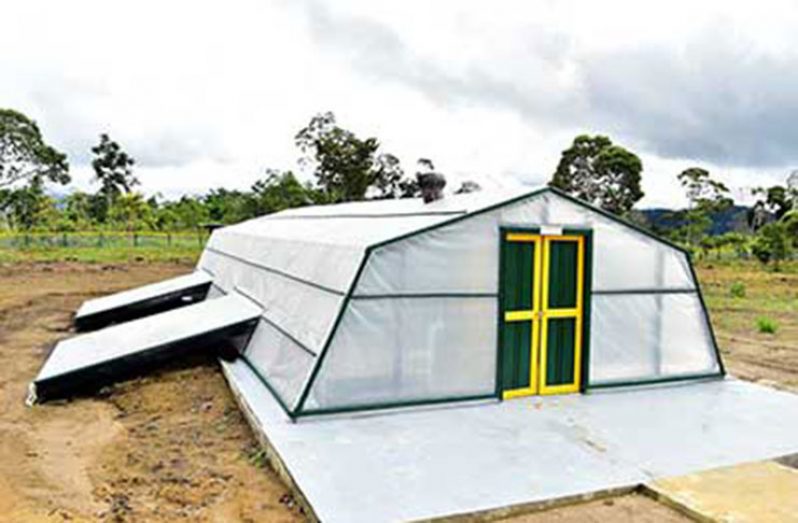OF the $20.6B allocated to the Agriculture Sector in the 2017 Budget, $11.5B has been expended so far for the year.
This was highlighted in the Ministry of Finance 2017 mid-year report, which was tabled in the National Assembly by Finance Minister Winston Jordan on Friday.
According to the report, the total budgetary allocation was for agricultural expansion, diversification, and improved drainage and irrigation. Of the $11.5B which was expended in the first half of the year, $1.2B relates to capital investments.
These interventions, the report stated, largely focussed on promoting government’s agenda to enhance agricultural development in the Intermediate and Rupununi savannahs.
During this year, requests for proposals were issued for the construction of agricultural stations in Regions Nine and 10, while the construction and rehabilitation of agriculture centres in those regions are planned for the latter half of the year.
The expansion of farms has also commenced at Hosororo and Ebini, where the cultivation of spices and orchard crops increased.
In addition, demonstration farms were operationalised at St. Ignatius, Kato, and Hosororo, while a turmeric factory, capable of producing one tonne every 24 hours, was also constructed at Hosororo.
The report pointed out too that additional efforts resulted in the establishment of a factory to produce sun-dried tomatoes in Paramakatoi. This factor has the capacity to produce 70 tonnes of sun-dried tomatoes per year.
It was highlighted too that ongoing diversification efforts reached the wider agriculture sector, with the fisheries sub-sector showing signs of growth.
For the first half of 2017, aquaculture production increased by 12.2 per cent when compared with a similar period in 2016. The overall increase in marine production between these periods stands at 9.7 per cent.
Interesting to note, is that the private sector interest in tuna resulted in a catch for the first half of this year of over 390,000 pounds.
Meanwhile, it was underscored that flood risk management continues to be a priority for government in order to maintain a resilient agriculture sector, which is able to withstand the effects of climate change.
Guyana made a commitment to the United Nations (UN) to work towards achieving its Sustainable Development Goals (SDG). Goal 13 requests of countries to “Take urgent action to combat climate change and its impacts”.
To this end, the Ministry noted that efforts will continue to be made to improve drainage and irrigation systems countrywide with over $2.1 billion expended in the first half of the year on the construction, rehabilitation, and maintenance of those systems and structures.
In addition to these initiatives, another US$4M was committed for the procurement and installation of fixed and mobile pumps. Nine fixed pumps and five mobile pumps are to be procured.
The nine fixed pumps are to be placed in the coastal regions, while the five mobile ones will be deployed, as needed, within Georgetown. Procurement of these pumps will commence in the second half of this year.
And in an effort to further improve the management of drainage and irrigation systems, Government has completed mapping 10 per cent of those systems maintained by the National Drainage and Irrigation Authority (NDIA).



.jpg)









